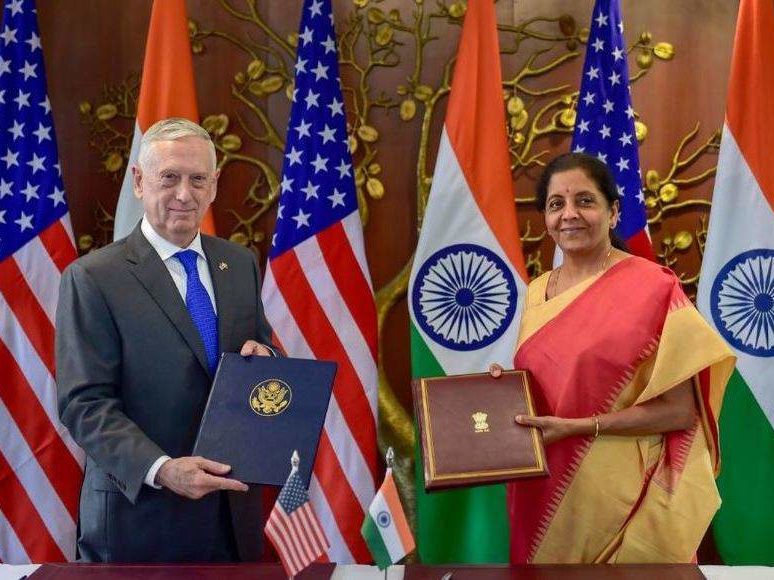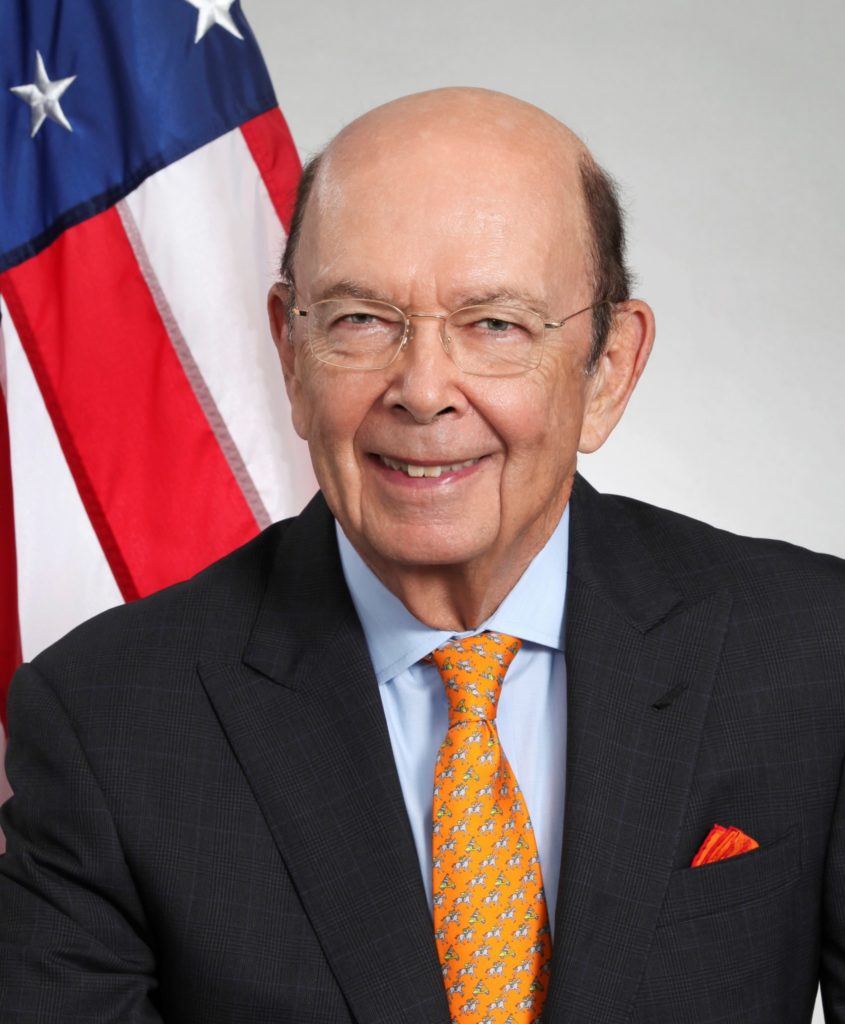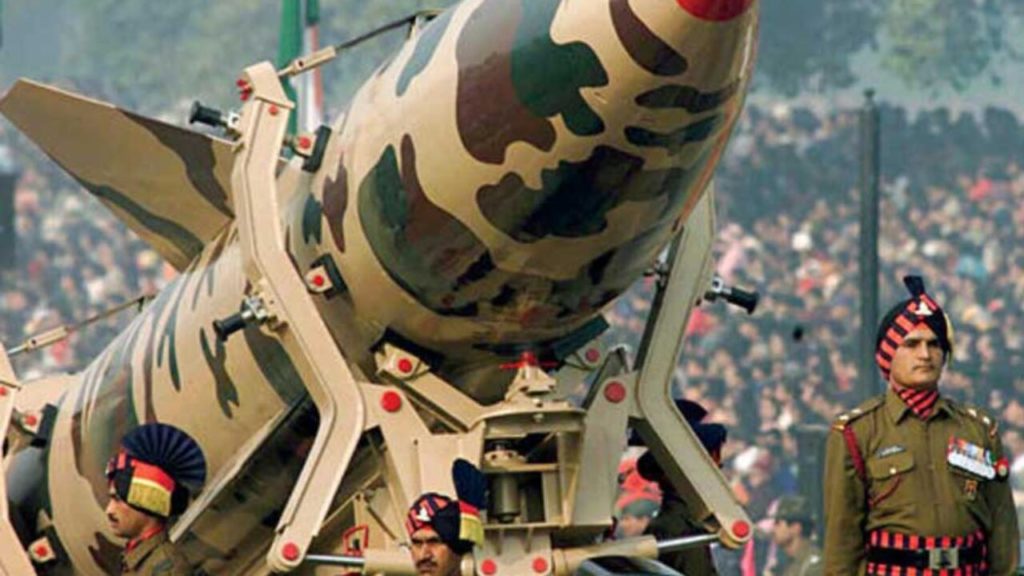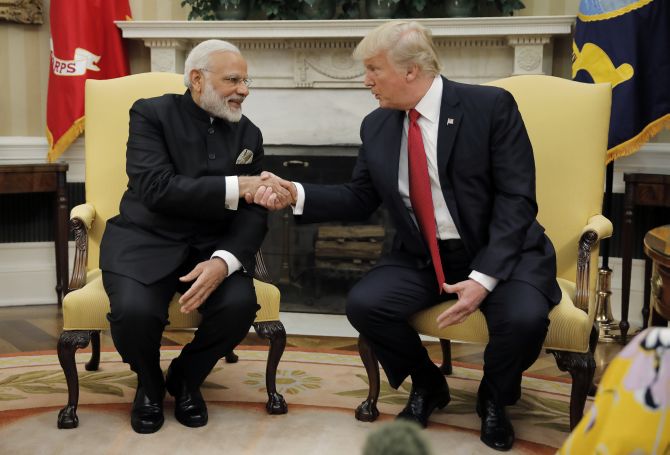Introduction
The cooperation in various Defence fields between the US and India has become a reality in international world politics. The strategic cooperation structured mainly in bilateral values is purely a matter of two states which are committed to uphold each other’s interests in the changing pattern of contemporary international system, but it leaves a negative impact on South Asian security environment where peace and stability have become serious matters. In the presence of two nuclear neighbours having historical toxic relations, all questions relating to peace and stability require serious attention from the international community. The custodians of international peace and stability are observing various dimensions of South Asian nuclear politics in which India and Pakistan are involved. The level of South Asian nuclear politics is generally dependant on security pundits of India and Pakistan. Two-sided strategic communities are defining their positions according to the changing regional patterns of South Asian security environment. Security specialists from New Delhi are determined to achieve regional hegemonic position to empower their country and influence other regional states, whereas leading policymakers from Islamabad are relying on strategic parity while defending the sovereign status of Pakistan.
The above-mentioned scenarios portray a worrisome picture in the presence of extra-regional power. The role of United States cannot be ignored in this regard because American policymakers are committed to support India militarily while inflecting a sense of deprivation in Pakistan’s mind. Washington views India as an appropriate regional ally which can support American grand strategy of creating a new world order. India’s powerful status in the South Asian political affairs will enable the United States to implement its global geostrategic scheme which could be translated as an anti-Chinese planning. An alliance of shared values between Washington and New Delhi mainly based on common threat perception linked to China’s peaceful economic emergence has resulted in a close Indo-US strategic partnership. The leaders of both states are highly motivated in adopting an anti-Chinese alliance to counter Beijing’s global economic plans. The situation became worse when Prime Minster Modi and President Trump revealed their mutual plans of countering China while supporting each other.
Under the broader bilateral strategic framework, leaders of both states have developed a nexus of economic and strategic values and support each other in regional and international politics. This bilateral commitment has resulted in various developments in the changing global strategic setting. Recently, granting of STA-I status to India by the US has affected the emerging security trends relevant to South Asian nuclear order. Further development has left negative impacts on the territorially adjoining states to India, because the grating of STA-I status to New Delhi will enable India to flex its strategic muscle in the subcontinent. It will further allow India to become an influential state in the territorial and maritime affairs of South Asia. Before discussing the impact of STA-I status of India and its connection to South Asian security environment, it is essential to understand what is the STA-I status and how it will affect the political order of nuclearized subcontinent.
What is STA-I Status
The Strategic Trade Authorization, or STA is a part of Export Control Reform exception licence the United States grants to specific countries. This licence allows the US government to export controlled items or dual use items (or commonly known as sensitive technologies) to specific countries. In other words, the STA allows, under the export control regulations, the export of defined items to allies or certain friendly states without a specific license.
The granting of STA-I status to India means the transfer of American cutting-edge and sensitive defence technologies to India. The granting of STA-I status to New Delhi proclaims India to be a close American strategic partner because the addition of India in the STA-I list of 36 countries raised the Indian significance in American global strategic planning. The first South Asian or the only South Asian state allowed to join the group of 36 states under the STA-I status improved Indian position in the American allies equal to NATO partners. The list of 36 countries was issued in November 2013 under the Export Control Reform (ECR) of US government. The updated ECR list informed to the Department of Commerce about the STA exception statuses of 36 countries, and this exception under the umbrella of STA made the 36 countries eligible to receive the American exported specific items and technologies without licence. In August 2018, India became the third Asian nation, after South Korea and Japan, to get the exceptional status of STA-I.
The decision to place India in STA-I status refers to New Delhi’s access to Defence related material and hi-tech technology without licencing obstacle. It moved India into a Tier-1 treatment which is specifically restricted to NATO allies. The Tier-1 treatment will further extend the scope of export products subject to the Export Administration Regulations (EAR). Thus, a trade of $ 9.7 billion worth of licenced export to India was made eligible under the STA-I treatment. This plan was observed internationally as an exclusive dedication of American government for enhancing of trade and investment in Asia generally, and in India specifically. The plan of increasing trade and investment in Asia was a part of greater Indo-Pacific economic strategy of the United States under the broader American geo-economic framework.
An exceptional status under the STA-I is highly beneficial for New Delhi because it has activated the supply chain of hi-tech defence materials to India by eliminating the time of licence issuing process, thereby removing the delaying or time-taking features in the Indo-US defence trade. By granting of license-free access to India, the Trump administration has widened the vision of bilateral defence trade relationship on the basis of an expanded volume of Washington’s export to New Delhi.

Significance of STA-I for India
With the help of the United States, now India is able to upgrade its position in the world politics by acquiring an influential position in the international system. Because of Washington’s support specifically in the fields of defence and civil space Modi has developed an understanding with Trump on the licence-free access to a wide range of defence products and dual use technologies. It will not only enhance the collaboration of two states in the defence field, but will also expand the scope of Export Administration Regulations (EAR). Under the EAR, the American advanced defence equipment coupled with sensitive technologies will be available to India by enhancing the scope of bilateral defence trade which will help both nations in economic and strategic dimensions.
India will be able to stretch its strategic muscle in the territorial and maritime domains with the help of American supplied defence equipment. Modi government will be enabled to meet the strategic objectives of New Delhi by implementing its hegemonic designs in the South Asian region. Moreover, it will help India to raise its significance in American foreign policy parallel to improving its position in the world politics, thereby assist Modi fulfill the strategic aspirations of India. However, India’s dream of becoming an influential country in world politics will jeopardize the security of entire South Asian region. Later stage of improved New Delhi’s position in the international system will benefit India in securing of its memberships in multilateral export control regimes.
With the help of United States India is becoming capable of addressing its security problems mainly linked to the neighbouring states. The dream of acquiring a hegemonic position in the South Asian affairs will be empowered with American supplied defence equipment. New Delhi’s access to the American sensitive technologies will strengthen the collaboration of both countries in other areas such as Communication Compatibility and Security Agreement or COMCASA. In addition to COMCASA, recently developed area of licence exception defence trade is considered to be a new turn in the Indo-US bilateral strategic partnership.
Background of Strategic Trade Authorization
Defence cooperation in various fields is the one of the foremost priority of the India-US strategic ties. The genesis of Indo-US bilateral strategic partnership can be traced back to 2004 when the two countries signed the Next Step in Strategic Partnership (NSSP). The NSSP is a multidimensional initiative designed to lead representatives of both countries toward a more collaborative future. An effective implementation of NSSP concluded during the Bush regime, it was an effort to cover a wide range of economic and strategic areas for improvement of regional and global positioning of both states. The NSSP was an initial step which later resulted in numerous areas of cooperation, including the civil nuclear agreement.
During the Obama administration, the solid foundations of defence ties between two states were laid down in the form of Defence Technology and Trade Initiative (DTTI). The DTTI is a platform beyond a define mechanism of a specific treaty and particular law. It is an initiative which engages leaders of both nations in a joint apparatus for the enhancement of defence cooperation by addressing the potential challenges equivalent to emphasizing new avenues and opportunities. It aims to involve representatives of both states in a joint framework for reducing inefficient procedures and bureaucratic hurdles. The DTTI also aims to expand the scope of buyer-seller approach of two states by involving the two-sided leaders in a more collaborative structure. In this way, the primary objective of the DTTI is to explore new areas and avenues for the future defence collaboration which will allow the two states to not only improve their business ties, but also collaborate in the fields of science and technology relevant to the defence sector. Under the broader framework of DTTI, India was permitted to get maximum benefits from American defence technologies.

Further clarification of India’s importance in American strategic priorities was mentioned by Wilbur Ross, US Secretary of Commerce. He announced a program to extend the American commercial engagement in the Indo-Pacific region in July 2018. Secretary Ross stated New Delhi’s position as a major defence partner of Washington which will allow India to receive more American technology and specific items relevant to defence without getting individual export licence hurdle. In this way, American help will let New Delhi move into Tier 1 of the Department of Commerce’s STA licence exception.
The decision to grant India STA status formally inherited in Obama administration when President Obama identified the significance of New Delhi in White House and decided to declare the Indian government as a major defence partner of the United States. This decision allowed India become a close strategic partner of Obama administration, and a state akin to non-NATO ally of the United States. It was considered a rational consideration of India and its emerging bilateral ties with America parallel to the logical extension of Indo-US strategic adventurism. The continuation of Obama’s vision, initiated by Bush, encouraged President Trump to further explore the India’s potential in the international politics. Therefore, Trump administration preferred to assist New Delhi in meeting of its strategic dream by adding more steps in the defence field.

STA and its Impact on South Asia
The Indo-US strategic partnership cannot simply be treated as a bilateral matter between two states. This bilateral collaboration is leaving negative impact on South Asian environment where the question of strategic stability is already becoming a serious issue. The Hindu leadership from New Delhi, particularly under Modi, is obsessed with Pakistan and is investing its full potential in the regional and international politics for destabilizing Pakistan. Modi’s aggressive behaviour cemented in anti-Muslim thinking is not only a threat for Pakistan but is a major concern of Muslims in Indian. Moreover, Pakistan’s quest for peaceful foreign relation based on good neighbourhood policy resulted in Sino-Pak economic collaboration under a mega economic corridor project which has become a major concern of Modi government. The situation gets worse with Modi’s alliance with Trump, both leaders gripped in hawkish behaviour are jeopardizing the scope of peace and stability in South Asia.
The Modi government with the help of Trump administration, is trying to exert its regional hegemonic designs by upsetting the territorial and maritime affairs of the nuclearized subcontinent. The STA status will allow India to overtly import a wide range of Defence equipment and advanced technologies from America while American companies will get economic benefits from Indian markets. In this way, the United States has found a customer who has to rely on massive weapon build-up in order to meet its strategic ambitions. American military industrial complex will be activated in India which will witness a combination of economic and strategic bilateralism without calculating its impact on South Asian security environment.
The Trump administration is relying heavily on India’s potential, and leading decision makers from Washington are trying to use New Delhi’s card for achievement of their core foreign policy goals. Presently, the fundamental point of worry for the United States is Pakistan’s growing economic ties with China and the future success of the economic corridor project signed between Islamabad and Beijing. The peaceful economic rise of China is perceived as a future threat by the United States and President Trump is determined to adopt all possible countermeasures which could undermine Beijing’s economic rise. In response to such a situation, India is considered an appropriate player in the regional and international affairs which could strongly stand against China and Sino-Pak alliance. This situation has changed the geostrategic landscape of nuclearized subcontinent in which Sino-Pak economic alliance has created Indo-US strategic nexus. Indian inclusion in the STA list has added fuel into the fire where Pakistan is concerned, it is the only state resisting Modi’s policies and is trying to avail opportunities for counterbalancing Indian aggressive attitude. The American-Indo policy is ignoring the patterns of South Asian nuclear arms race where India is taking every possible step to maintain its military dominance in the nuclearized subcontinent.
Conclusion
The convergence of interest between Washington and New Delhi in last one decade generally, and mainly under Modi-Trump nexus in particular, describes an alliance of hawkish partners which has disturbed the South Asian security environment to a great extent. While a close collaboration between two democracies of the world is apparently a matter of bilateral interaction, its implications simply cannot be ignored. The strategic partnership between Modi and Trump is intended to achieve foreign policy goals of the two states which will hamper the strategic equilibrium of South Asia. A cautious calculation of subcontinent’s security under an unending India-Pakistan specific nuclear race has been overlooked by the United States. Under the broader framework of cooperative bilateral values, leading state decision makers under Modi and Trump are determined to even augment their hawkish ambition of influencing the international system by acquiring a strategically significant role in the world politics.
The aforesaid scenario portrays an awful scenario in which the South Asian arms race will be fostered and scope of peace and stability will deteriorate. The leading circles of strategic communities around the globe need to examine the future of South Asian politic with seriousness of intent while calculating the scope of South Asian strategic equilibrium. The Indo-US military-to-military relationship had undermined the chances of a peaceful and stable South Asia. The United States should prefer to adopt a balancing stance in South Asian political affairs instead of supporting one state over others. Before taking any step for India and Pakistan, Washington should overview the history of South Asian affairs. In this way, a rational and pragmatic foreign policy structured on impartial and balanced standards will be of great help for South Asia and for peace.




